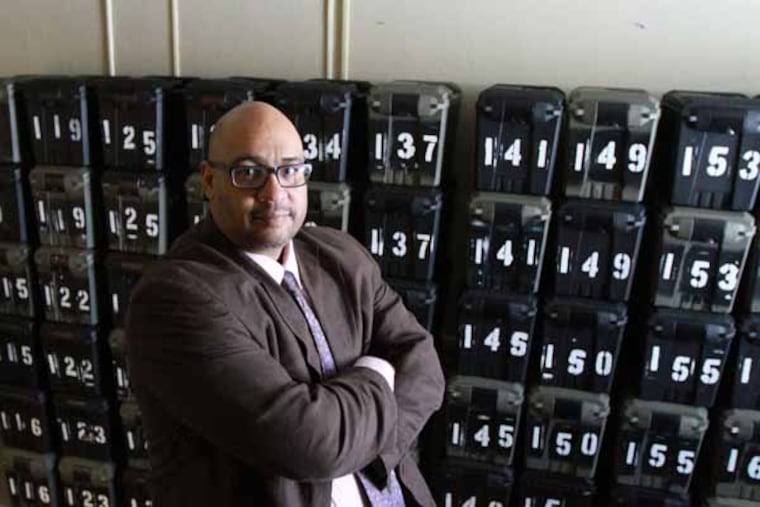How probation and parole violations are filling Pennsylvania prisons, bloating budgets
“As a taxpayer, when you see that Pennsylvania is, in spite of the progress we’ve made, spending $100 million on technical parole violations, that should lead you to ask questions."

Pennsylvania’s $2.6 billion correctional system now holds more than 48,000 people in state prisons and halfway houses — a figure that is more than triple what it was 30 years ago, even though the crime rate fell by more than a third over that same period.
A new analysis by the Council of State Governments’ Justice Center, with support from Arnold Ventures, points to a hidden driver filling those prison cells: thousands of people returning to prison on parole violations each year. As of 2017, 54 percent of prison admissions in Pennsylvania were for supervision violations; the individuals returning on violations make up 16 percent of all state prisoners.
“This data really should be a wake-up call to state correctional leaders, lawmakers, and the public,” said Arnold Ventures’ Juliene James.
By CSG’s reckoning, on an average day, 7,443 Pennsylvanians are incarcerated for supervision violations. That costs the state $334 million each year — nearly a third of which goes to imprisoning “technical” violators who have not committed a new crime.
“As a taxpayer, when you see that Pennsylvania is, in spite of the progress we’ve made, spending $100 million on technical parole violations, that should lead you to ask questions," Secretary of Corrections John Wetzel said.
He said it points to a need for legislative reform, as well as a rethinking of how parole officers handle violations. People in violation should be referred to resources when possible, he said, before sending them to prison.
“When we put someone in prison ... oftentimes, we sever pro-social supports that keep people sober and safe; oftentimes, we limit their ability to maintain gainful employment," Wetzel said. “What we’re guilty of as a system, both nationally and in Pennsylvania, is, we kind of default to what we’ve always done. If we’re not happy with the outcomes, obviously we have to change that.”
The data from CSG, a nonpartisan organization that serves state governments, does not account for county parole or probation violators. State parolees make up 14 percent of Pennsylvania’s community-supervision population, so the number of people jailed on violations could be far higher.
According to the report, across the country 45 percent of prison admissions are due to violations. In Utah, violations account for a remarkable 79 percent of intakes. And nationwide, about one in four people in a state prison is there on a parole or probation violation.
Wetzel said the impact is felt most deeply on poor communities and communities of color. Though recent declines in the prison population have made a modest dent in those disparities — “100 percent of population reduction is in the non-white population," he said — there’s more work to be done.
“I think it’s our responsibility to dig deeper and look at things like prison discipline by race, and to look at parole violations by race and see if there’s a racial disparity,” he said. “It’s certainly something we have to wrestle with.”